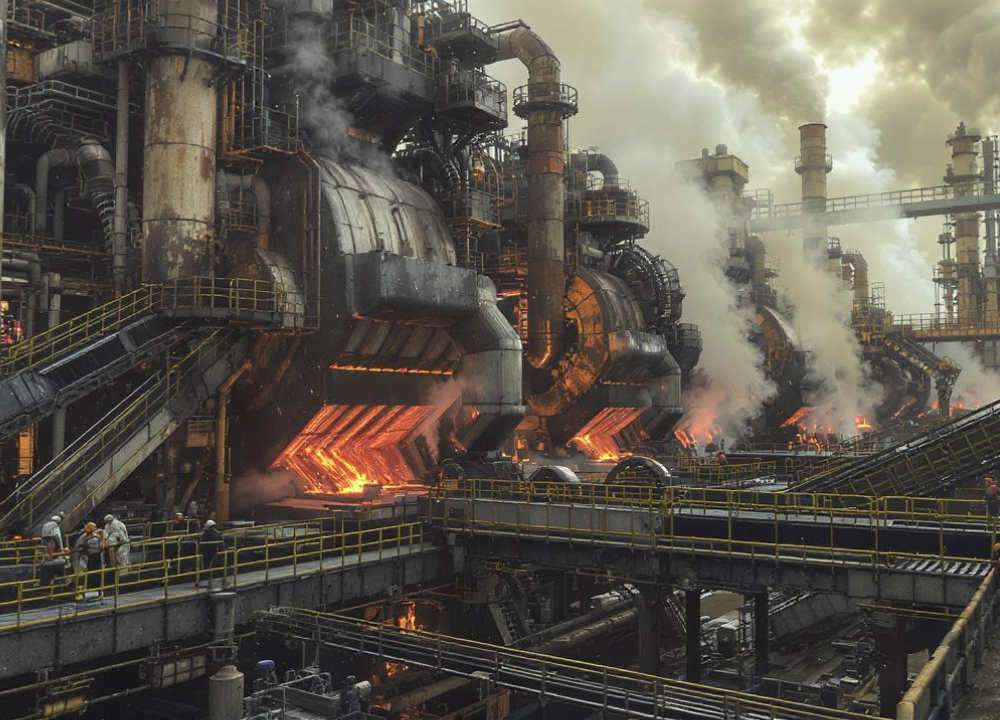- India may become the third largest user of energy storage installations in the world by 2040
- Stationery energy storage systems are crucial for the continuous supply of energy in the farming sector
- World Energy Storage Day, celebrated on 22nd September to create awareness about storing excess electricity for later use
Humans have been consuming fossil fuels for their use recklessly for decades, all at their peril. Only, we were not aware of the peril until it actually hit us. It is the year of desperate efforts for salvation; of tireless ventures in order to restore the balance. The first and foremost step in this direction is the preservation of fossil fuels by using renewable sources of energy. World Energy Storage Day, celebrated on 22nd September every year, presses upon the importance of energy storage all over the world.
What is Energy Storage?
Energy Storage refers to the storage of excess electric energy for later use. The unpredictable nature of renewable sources of energy generates the need for storage since they can’t be manipulated into use as per demand. Stationary Energy Storage Systems can store energy and restore it in the form of electricity when needed. The system is battery-based and needs to be charged before use, unlike fuel cells that generate their own power. Energy storage is essential for a flexible and reliable grid system.
The stationary energy storage systems have been taking up since 2018 when the price of Lithium-ion batteries started to decline, making the storage system more cost-effective. The advent of EVs or electric vehicles gave companies an incentive to invest in these storage systems to have energy readily at hand for charging stations in many countries.
“EVs offer an opportunity to be a part of the energy distribution system, and that’s where storage plays a very important role”, explains Amit Bhatt, Programme Director at WRI India, “Hypothetically, the EV owners can become power generators.” However, the blame for the slow acknowledgment of these energy systems also rests on the rising popularity of EVs, overshadowing the need for energy storage systems in the market.
Besides, India, with the second-largest population in the world, is prone to more devastating effects of energy starvation in the coming years. The country must realize and sincerely deliberate the call for energy storage systems. A largely agricultural land, the country has an exigency of an interminable supply of energy to farming sectors, which can only be achieved through the establishment of a regulatory framework of energy systems across the country.
Think of it as more like a grocery store. It’s not that people have to, all the time, buy stuff from there, they only have to use it as per their need. Going forward, the distributed power is going to be the way of life
Mohanraj Ramasamy
Founder, Prana E-bike (Srivaru Motors)
The Need for Energy Storage Systems
About 50 years ago, 90% of Denmark’s energy came from imported oils. But, in the 1970s, when the world was hit by an oil crisis, the price of oil in the market soared sky-high and for a small country such as Denmark, it became impossible to buy more oil. The industry was shut down. To deal with this crisis, the government made use of the country’s windy climate and build its very first wind turbine in 1979 and went on to build the world’s first Offshore Wind Farm in 1991. Today, 40% of Denmark’s electricity comes from wind energy; an offshore wind farm powers 425,000 homes. Denmark produces a third of the world’s wind power today, setting up a huge milestone for other countries to get inspired from.
In last year alone, solar installations around the world amounting to 100 GW were made with many on-shore and off-shore wind turbines being erected to tackle energy systems. With more countries gearing up to take the initiative forward, future prospects of energy being produced through natural, renewable sources seem positively within procurement. But even though this progress calls for applaud, there is an aspect of it that demands immediate action.
At one point in time, newly installed solar and wind plants produce energy at the same capacity, with sometimes producing more energy than what will be used and sometimes none at all in case of shallow wind of no sun. This poses a challenge for the conservation of that excess energy that is being lost, for future use. This will also help save more energy for different purposes. This is when Stationery Energy Storage comes into the picture.
Challenges and Market Focus
There are numerous challenges to be dealt with during the process of the growth of the energy storage sector in India. The absence of a regulatory framework for energy storage systems is one such hindrance, as acknowledged by the Central Electricity Regulatory Commission (CERC) in 2018 in its staff paper on ‘Introduction of Electricity Storage System in India’. The tariffs levied on energy storage and the fluctuating market make it seem like less of a profitable venture and therefore less explored.
In its Market Overview Report of 2019-2026, India Energy Storage Alliance has estimated the market value for stationary energy storage systems in India to be the US $2.8 billion in 2018 with a CAGR of 6.1% by 2026. The MWh addition of 24.4 GWh in 2018 was expected to grow to 64.5GWh by 2026.
However, according to the 2019-2027 census of IESA, India is set to grow with the market potential of 230 GWh by the year 2027. Split between solar and wind energy, the grid application system has taken up more space in renewable energy projects. The incorporation of energy systems in wind would be more gradual than that in solar. Due to the presence of wind throughout the day, long durations of storage for wind are unnecessary; this focus will be targeted towards solar energy storage instead.
The market segments include Grid-scale storage applications in solar integration, wind integration, T&D deferral, ancillary services; Behind the meter (BTM) storage applications such as telecom, rural electrification, solar rooftops, diesel replacements, inverter back-up, UPS back-up, thermal energy storage, and railways: rolling stock, signaling and control room back-up.
A Boon for India
According to Bloomberg NEF, a research organization, India may be the country with the third-largest installations of energy storage systems by 2040. As of 2019, Korea has been the leading country in terms of energy storage but the position may soon go to either China or America with progressive advancements in energy storage by the year. The estimates in global investments have risen exponentially since 2018 with a potential of $662 billion in the next two decades along with the decline of the price of lithium-ion batteries to spearhead the uptake of storage systems. “How we tap into that [the opportunity] is something that we’ll have to decide together as a community and nation to move forward”, says Mr. Bhatt.
Within the framework of Make in India and sustainable but also available resources for all, energy storage plays an important role. “India’s requirement for stored energy solution will grow exponentially in the near future”, states a representative for Exide Industries, “Electric vehicles and solar power plants will drive this growth.








